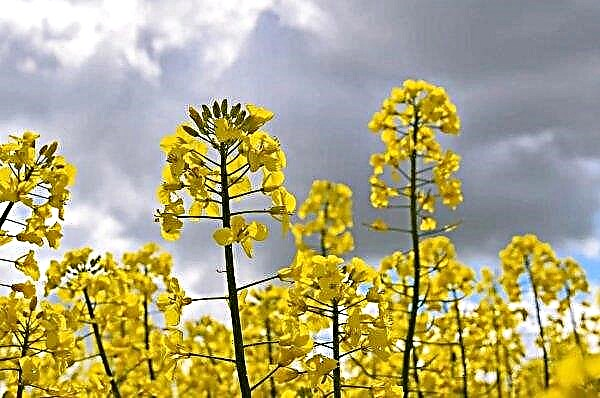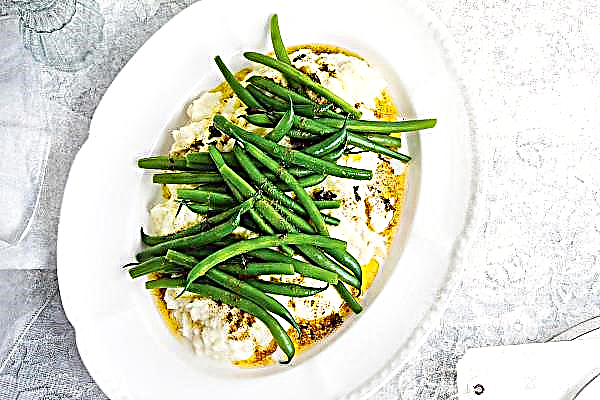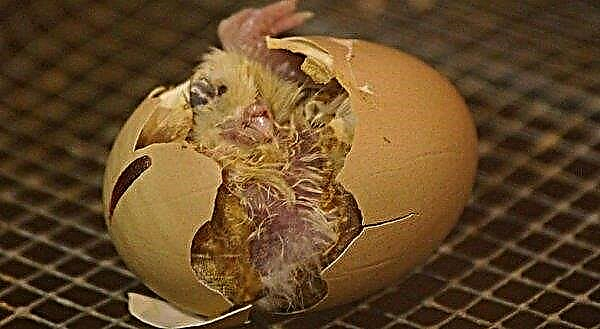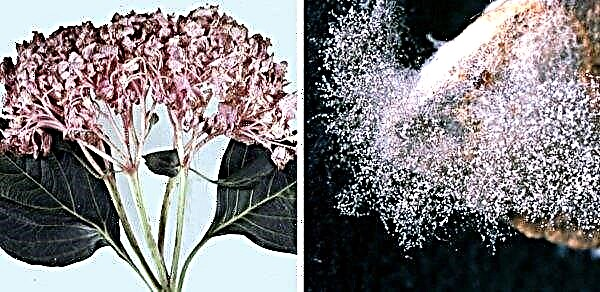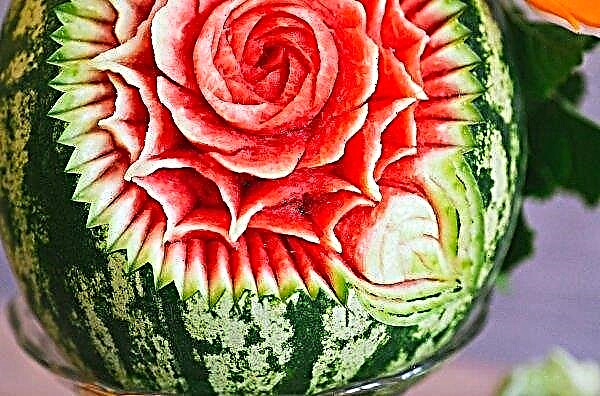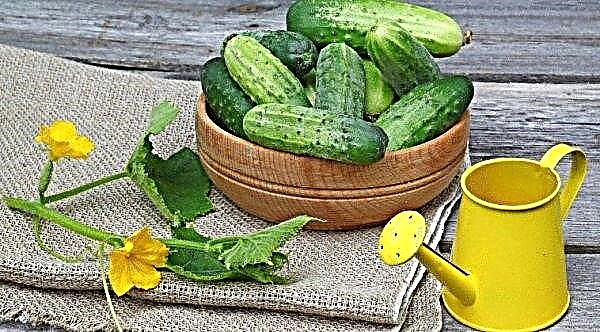Spathiphyllum, with due attention from the grower, will grow quite quickly. However, periodically it requires a transplant. How to transplant a flower and what care does it need after a transplant, read in this material.
How to determine if spathiphyllum needs a transplant
During flowering, transplanting is undesirable. If the plant is clearly cramped in the pot, and it literally sticks out of it, or the soil is depleted and looks like dust, then it's time to transplant. If you purchased a flowering spathiphyllum, and it is also clearly crowded in the pot, then you can transplant it by transshipment without violating the root system.
Important! A long stay in a tight container slows down the growth of rhizomes, and this is bad for flowering.
But this should not be done immediately, but wait 1-2 weeks so that the flower gets used to the new house and does not receive double stress. Also, if this handsome man is in the house, but he does not bloom for a long time, then a transplant will help stimulate flowering.

When and how often to transplant a plant
This flower is transplanted once a year in spring. However, there is still need to take into account the age and size of the plant. Those older can be transplanted once every two years, but young and actively growing need a change of soil and capacity once a year. Also, if there are obvious problems with the soil, flowering, appearance, then the transplant is done urgently, regardless of the time of year.
Transplant Preparation
Before proceeding with the procedure, it is necessary to prepare the soil, the tool, the place where you will do it in advance, and lightly water the spathiphyllum.
Capacity selection
The new flowerpot should not be too big. If you put the old pot in a new one, then the height and width should be about 3 cm difference. If you put the flower in a pot too large, it will build up the root system for a long time, and, accordingly, it will take longer to bloom. There must be a drainage hole in the new pot. If this flowerpot is left from some other plant, then it must be washed well with laundry soap and disinfected.

Soil requirements
Spathiphyllum is a tropical plant, a representative of an aroid, and the soil should be selected accordingly. In flower shops you will find it without any problems. In structure, it is loose and light.
You can make the soil mixture yourself. To do this, mix: turf and leaf soil, coarse sand and peat 2: 1: 1: 1. 1/2 part of brick chips and charcoal are also brought here. You can also add a handful of sphagnum literally - it retains moisture.Important! When buying a finished substrate, you should pay attention to the level of acidity - it should be less than 6.5 pH.
Tools for work
To carry out transplantation, you will need a standard set of flower growers:
- latex gloves;
- small garden shovel;
- scissors for trimming roots and stems;
- atomizer;
- watering can.

How to transplant spathiphyllum at home
Three different types of transplantation of this plant can be distinguished:
- in a new pot as the plant grows;
- immediately after purchase;
- urgent transplant during flowering.
Did you know? People say that spathiphyllum helps unmarried people meet their love, and married women get pregnant. And with regular family scandals, he dies.
In another pot
A transplant consists of a series of sequential actions:
- Pour a layer of drainage into the selected pot at the bottom and a layer of earth on it. Set it aside.
- Carefully remove the pre-watered flower from the flowerpot. If it is not removable, walk along the edges with a spatula or a wide knife.
- After the spathiphyllum is removed, carefully remove the old drainage and cut off the remaining soil as much as possible so as not to damage the root system.
- If he has young shoots, then it's time to plant them.
- Inspect the roots carefully for possible rot. If there is one, then cut the rotten roots with scissors to a healthy tissue and sprinkle the sections with activated charcoal or ash.
- In the center of the pot, set the plant and, holding with one hand, fill the soil on the sides with a spatula until you fill the entire pot.
- Water and spray the flower.
- After watering, the soil will settle, add as much as needed.

After the purchase
Often we transplant flowers that we brought from the store almost on the first day. Any plant must undergo adaptation for at least one, or even two weeks. If you bought "feminine happiness" in a store or gave you a flower, the transplant depends on whether it blooms or not.
If it does not bloom, then after two weeks of adaptation it is transplanted according to the same scheme as described above. And if it blooms and clearly needs a transplant, then remove the plant from the flowerpot without disturbing the roots, and just plant it in a large container. Do not move the roots, shake the soil, try to get the drainage - all this can be done already at the next transplant.
Video: spathiphyllum transplant
During flowering
Blooming spathiphyllum is transplanted only if the flower is clearly not feeling well in the old flowerpot and may die. But keep in mind that in this case all the peduncles will have to be cut so that they do not take power from the roots. The rest of the procedure is no different from the standard.
Did you know? In Europe, they first met spathiphyllum in 1824. He got his name for the shape of the flower - spathe means a veil, phyllon - a leaf.
Care for spathiphyllum after transplantation
After transplanting, the flowerpot must be returned to where it stood. The first 4 weeks of “female happiness” require high humidity. It is necessary to strictly monitor the topsoil and prevent drying out. Also, 3-4 times a day, the flower is sprayed.

If this is not possible, then you can create an impromptu greenhouse for it - wrap it with a piece of polyethylene. Such a greenhouse will be relevant in the fall, when the apartments are cool and the heating has not yet been turned on. Inside, increased humidity and the required temperature will be maintained.
Additionally, you do not have to spray it. But twice a day, open the package for 20 minutes for airing. Top dressing is strictly forbidden for the first 1.5 months.
What problems can arise after transplantation?
Two main problems after transplantation: 1. After moving to a new pot, the spathiphyllum often begins to fade, and its leaves turn yellow. This is mainly due to the fact that the plant does not have enough moisture. 2. If watering and spraying are provided properly, and the plant still does not look good, withers, then most likely the soil does not fit it, and it will have to be replaced.
Observing all the rules of agricultural technology, you can transplant "female happiness" at home without problems and at the same time not harm him. A tropical plant will delight you for a long time with its abundant flowering and decorativeness.

